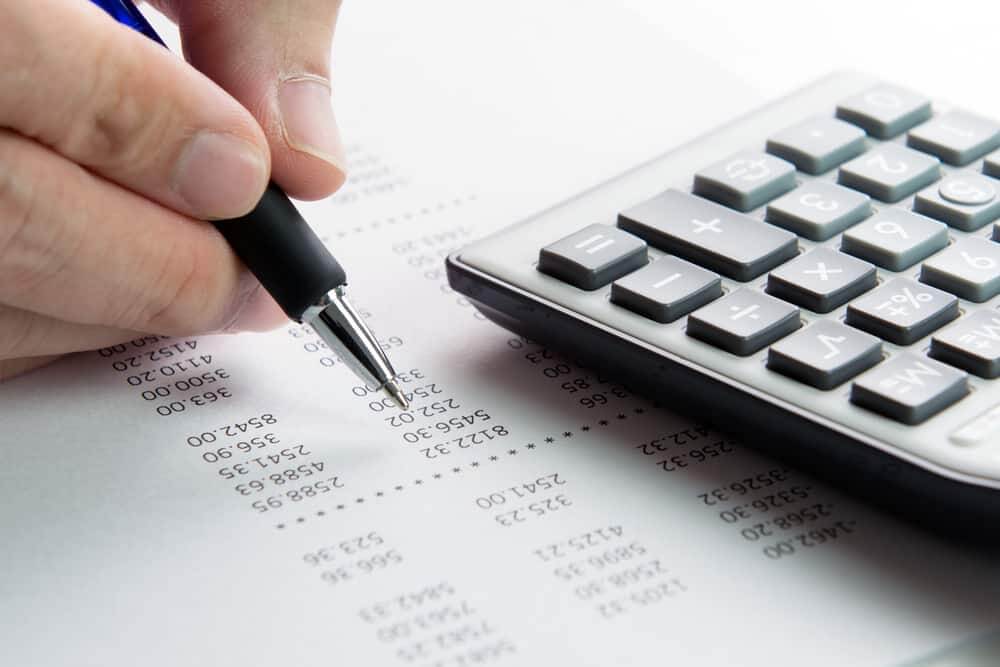
Understanding the High Low Method: A Complete Guide
The high low method is an accounting technique used to estimate the fixed and variable cost of production in businesses. This approach is valuable in cost accounting as it examines and compares the total costs at the highest and lowest levels of activity. This article will explore how to calculate the variable cost and other aspects of the high-low cost model.
Fixed and Variable Costs
In the high low method, we consider two main elements: fixed and variable costs. Fixed costs remain constant and do not change with the levels of production, whereas variable costs vary based on the number of units produced. The high low method helps to separate these costs from a mixed cost figure.
Calculating the Variable Cost

To calculate the variable cost per unit using the high low method, follow the steps below:
- Identify the highest and lowest activity levels within a given data set.
- Determine the total cost at the highest activity cost and the lowest activity cost.
- Subtract the lowest activity cost from the highest activity cost.
- Subtract the number of units at the lowest level of activity from the number of units at the highest level of activity.
- Divide the difference in total cost by the difference in units to calculate the variable cost per unit.
Example of High Low Calculation – High low method formula
Consider a case where the highest activity cost is $15,000 for 1000 units and the lowest activity cost is $11,000 for 700 units. The calculation of the variable cost per unit goes as follows:
Variable cost per unit= ($15,000−$11,000)/ (1000−700) =$10
How to determine the fixed cost

After calculating the variable cost per unit, determine the fixed cost. Subtract the total variable cost at either the highest or lowest level of activity from the total cost at the same activity level:
Fixed cost= Highest activity cost − (Variable cost per unit×Highest activity units)
Using the above example:
Fixed cost=$15,000−($10×1000)=$5,000
Fixed cost=$15,000−($10×1000)=$5,000
This fixed cost remains consistent regardless of the number of units produced.
Application of the High Low Method
In cost accounting, the high-low method is fundamental for analyzing the cost model of production. It aids in understanding how costs behave with changes in the levels of production, providing critical insights for decision-making processes. It enables businesses to predict the cost of production for different levels of activity, enhancing budgeting and cost control.
What are the limitations of the High Low Method?

The high-low method is not very reliable because it only considers two extreme levels of activity. The calculations are based on either the highest or lowest points. And it may not accurately represent the typical costs incurred at those levels due to abnormal costs that are either higher or lower than usual. As a result, the high-low method will produce inaccurate results.
The high-low method is generally not so popular because it can lead to a wrong interpretation of the data if there are changes in variable or fixed cost rates over time. Or if a pricing system with different tiers is used. In most real-life situations, it should be possible to gather more information in order to directly determine the variable and fixed costs.Thus, the high-low method should only be used when it is not possible to obtain actual billing data.
High-Low Method vs Regression Analysis
The high-low method is a straightforward technique that requires minimal calculations. It involves using the highest and lowest data points and can be easily done with a basic calculator.
Additionally, it provides a way for analysts to make an approximate estimation of future unit costs. However, this method does not account for inflation and is not very precise because it only takes into account the extreme values and disregards any outliers.
On the other hand, regression analysis is another method that can be used to predict costs. It involves examining the relationship between one variable and another criterion.
This analysis also takes into consideration any outliers, which helps to improve the accuracy of the results. However, the accuracy of the regression analysis is heavily dependent on the quality of the data set used. If the data set is incomplete, the results may not be reliable.
High Low Method – Conclusion

In essence, the high-low method is a simple but effective tool in cost accounting, helping businesses to estimate fixed and variable costs by examining costs at the highest and lowest levels of activity.
By understanding this method, businesses can more effectively manage and predict costs, optimize pricing strategies, and consequently, achieve better financial performance.
Understanding the high low method can be crucial for your business, allowing for efficient cost management and strategic planning for various levels of production. Explore this method to enhance your cost control and improve your bottom line.




